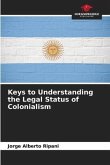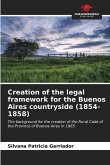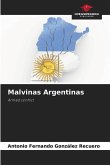One cannot fail to notice that the Church is the great absentee in the Argentine historiography of the last century. And the thirties are no exception to this rule. Probably due to the lack of resources destined to historical research, or perhaps a certain material difficulty of access indispensable to study its history. Perhaps the mistaken perception of the role played by the Church in politics, society and national culture, often considered minor, also played a role. In fact, in most cases, historical research has completely neglected the Church, and of the few works that do exist, most are of ecclesiastical origin and unfortunately tend to be of a compilation and apologetic nature and therefore of little scientific value. According to Zanatta, "the lack of specific micro-researches on particular dioceses or particular figures of the clergy, on particular episodes [...] on the basis of which a really well-founded interpretation of their role in the Argentine history of those years could be attempted".








